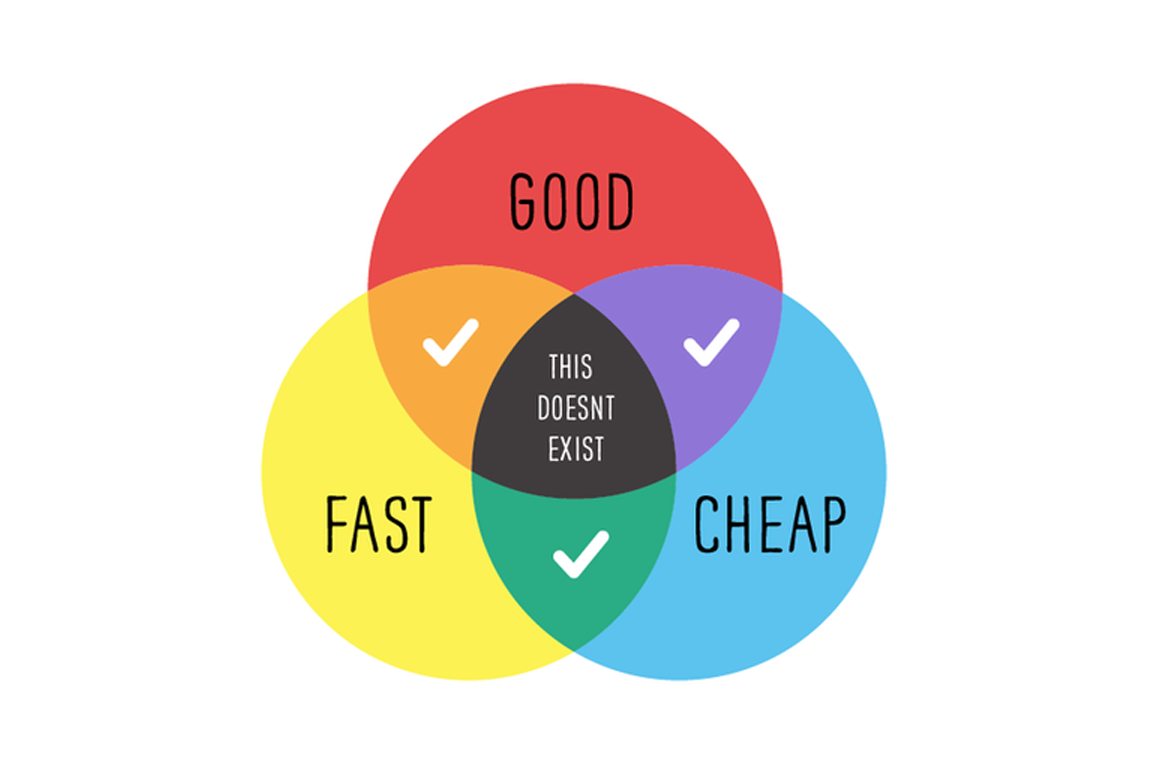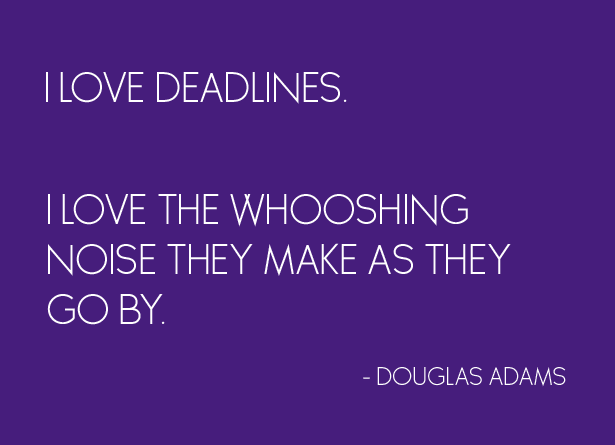
The other day, I heard an interesting question. "As a project manager, how will you make sure my nonprofit's website launches on time and under budget?"
I rattled off a few answers about my role in a typical website project: budget-tracking, milestone-setting, scope-checking, detail-documenting, etc.
It's true. A good project manager (PM) can keep costs low because they understand your project in its entirety, allowing the rest of the project stakeholders to focus on their specific tasks. Because of this comprehensive view, PMs can help the project avoid obstacles and make sure nothing slips through the cracks.
There are also things clients can do to make sure their project is a success, especially when working with a vendor:
1. Know Your Team
What type of client are you? Are you a hands-on, tech-savvy team that can handle extra work internally to keep costs low? Or is your team already at max-capacity and in need of a vendor to lift the burden? Are you a quick-moving, rapid-response team? Or does it take you a bit longer to discuss items and get them approved?
Who needs to be involved in approvals, and when are those checkpoints important for your team? Which 1-2 people can be the daily point(s)-of-contact so that feedback is consolidated and funneled efficiently to the vendor?
By answering these questions honestly about your own organization and staff, you'll be able to avoid some of the biggest obstacles most projects face. There are no right or wrong answers. The value comes in understanding how your team works and communicating that to your vendor.
2. Agree on a Realistic Timeline (and stick to it!)
One of the first steps in any project is agreeing on a timeline and setting some key milestones throughout the process. Key milestones can be as simple as scheduling when conversations will happen and dates that things will be due (on both the client-end and the vendor-end). While vendors can usually take on most of the heavy lifting, there will inevitably be some sort of deadline for your staff (usually that means delivering content or reviewing a deliverable and sending feedback).
If at all possible, meet. those. deadlines.
If you miss a deadline, that can push your entire project back. In an ideal world, it would only delay your project by the same amount of time as you were late - but that's not always the case. Why? Your PM will typically create the most realistic-as-possible timeline for your specific project, taking everything into consideration from your needs to their staff's availability to overlapping projects and beyond. When you miss a deadline, all of that is thrown off and has to be reassessed. So, not only are you delayed, but now you're running up a bill to have your vendor redo your timeline - something that could've been easily avoided.
3. Get Specific
No matter the project or who you're working with, your vendor or project team wants to craft something for you that will meet your needs. To be able to do that, they need information from you - and the more specific you can be, the better. (I've never heard a vendor complain about having too much project detail from their clients.)
Depending on your project scope, you may have many opportunities to have in-depth conversations with your vendor, or you might only have a few. Make the most of those conversations by coming prepared with detailed feedback. Try to avoid buzzwords and phrases like "dynamic" or "make it pop," and instead offer concrete suggestions like, "Can we see what this would look like in blue?" or "I want the search to let me filter my results."
Often, there is some sort of technical documentation (functional requirements, technical specifications, etc.) that details your project. Dig into it. This is the blueprint for how your project will be developed, and it is extremely important in terms of scope and success. If you don't understand something, ask questions. If something's missing, mention it. Don't be hesitant, and don't let the words "technical" or "functionality" scare you into disregarding this important step.
4. Fast, Cheap, Good - You Can’t Have Them All
Ah, the trifecta of speed, budget, and quality. Every project encompasses these items, but it’s nearly impossible to achieve them all. Your project can be done quickly and well, but it's going to cost you. Your project can also be done fast and cheap, but it probably won’t be the highest-quality work. Or, your project can be high-quality and inexpensive, but it will probably take a while to complete.
Which two are the most important to you?
Remember that your vendor (especially your project manager) wants you to be thrilled with your project. We all want it to launch on time and within your budget. Keeping these ideas in mind before beginning your next project will help you (and your vendor) achieve that goal!




